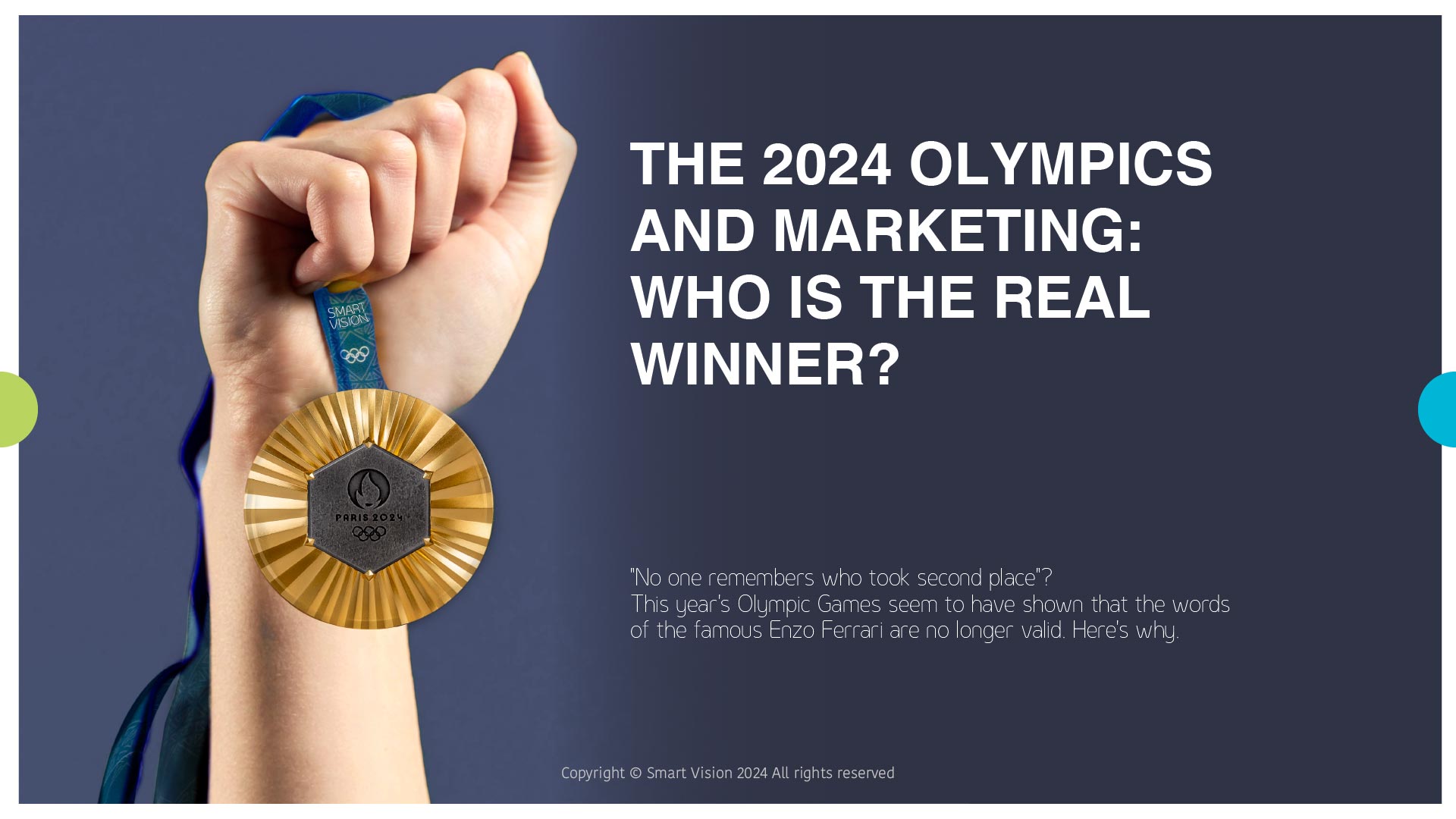“No one remembers who took second place”? This year’s Olympic Games seem to have shown that the words of the famous Enzo Ferrari are no longer valid. Here’s why.
Such a big event was awaited with great excitement. As Paris is only the second city after London to have the honor of hosting the Games for the third time, the positive tension surrounding the Games was even greater. The fact that the previous Olympic Games were still held under the shadow of the pandemic certainly contributed to this.
It was clear: after so much time, we deserved a spectacle!
But did we get it?
Between spectacle and controversy
The beginning of the games a rather brought a spectacular confusion. The entire marketing that followed the announcement of the games, but also the opening ceremony and all its famous names, such as Lady Gaga, Snoop Dogg, Celine Dion, was overshadowed by the performance of the drag queens, which was interpreted as a mockery of Leonardo da Vinci’s “Last Supper”. People all over the world, including some state officials, expressed their dissatisfaction regarding the artistic performance. Although the hosts tried to explain that the artistic concept was not based on this idea, and that with this performance they incorporated elements of both Greek and French history and artistic tradition – the noise was already raised, and the Internet was “on fire”.
And we asked ourselves: will the brands manage to keep up with that noise?
Brands and the Olympics: who will we remember?
The Olympic Games are truly the event of the year, so it is quite logical that numerous marketing campaigns of different brands, including the organizers themselves, were watched under the watchful eye of both spectators and marketing experts. However, in its recent text, Forbes seems to have summed up the marketing around the games in quite a way, by quoting Oscar Wilde: “There is only one thing in life worse than being talked about, and that is not being talked about.”
This year, the Nike campaign was excitedly talked about, and we must notice that it looks as if it was inspired by this quote. You may or may not like the ‘Winning isn’t for everyone’ ad, but one thing’s for sure – it really made some noise!
Absolutely eye-catching, with the great William Defoe as narrator, the ad opens with the intriguing words: “Am I a bad person? Tell me, am I?”
Source/YouTube: https://www.youtube.com/watch?v=pwLergHG81c&t=1s
Casting a completely different light on the concept of sports and winners, Nike focuses on the competitive spirit by with the best players are unquestionably driven by; the ad describes the sacrifices and burdens the players endure, making themselves looking almost as an anti-hero, who will do more than possible, subordinate everything – to reach the goal. Dramatic, powerful, challenging, defiant, different.
Nike succeeded, but what about the others?
Athlete generated content or: live from behind the scenes
But we’re not talking about games here, are we? We are talking about the games that we have been patiently waiting for 4 years, and, in the end, all eyes are on – the athletes. Who seems to have initially, in the sea of glowing messages and announced spectacle, somehow remained in the shadows.
However, social networks once again managed to right the scales. They made us remember the essentials: great messages become influential when they are based on emotion, identification, when they are different, current, viral.
Social networks were filled with relevant and viral content related to Olympic Games. What was different, compared with previous Games, was that viewers were no longer dependent on broadcast television. Athletes were able to record their stay in the Olympic Village, convey their impressions and comment on their performance.
Norwegian swimmer Henrik Christiansen, now known as Muffin Man, stood out there, known for his TikToks, in which he humorously presented the life of an athlete during the games, but also his love for muffins.
Source / Henrik Christiansen – TikTok account: https://vm.tiktok.com/ZMrsqyaW4/
Is it time for brands to start sharing the torch with smaller creators?
The competition itself came to life with interesting and impressive moments, which the viewers themselves managed to make viral and marketing attractive thanks to the networks.
Yusuf Dikec, who won a silver medal in the ten-meter mixed air pistol discipline and overshadowed everyone else, inspired meme fans, but also other competitors, who recreated his appearance at the games over and over again:
Source / Eurosport – X page: https://x.com/eurosport/status/1821820244702142726?t=qbJDlVGpnFonn05Xyq-zgw&s=19
Raygun, a breakdancer from Australia, was also quite influential. Her authentic performance ignited social networks and caused a barrage of comments, imitations, and jokes.
Source/Forbes: https://www.forbes.com/sites/jasonpu/2024/08/10/the-australian-breakdancer-in-the-olympics-explained/
But there is also a different example. The Internet was impressed with the image of Simone Biles, the legendary gymnast. Part of her performance became viral as an ad for Mercedes-Benz, through a very recognizable symbol: the company’s logo, created by the posture of her body. Photo was created by Zed Anwar and he shared it on his X account:
Source/Zed Anwar: https://x.com/ZedTr
Controversies about whether this was a planned move or whether it was simply inspired by the sharp eye of the photographer soon arose, but one thing is certain.
This is an example of how brands can present themselves in a great, interesting, authentic way, perfectly using viral trends and relying on them in the right way. We can’t help but compare this move with another similar example, where Lacoste phenomenally used a photo of Miroslav Vujović, better known as Graf, after the injury of Novak Djoković, presenting him with a bandage on his knee:
Source / Lacoste Instagram Page: https://www.instagram.com/p/C746RHVNo8n/?igsh=YjMxdndlNDVjOTRk
We look forward to seeing more smart moves like this from brands!





